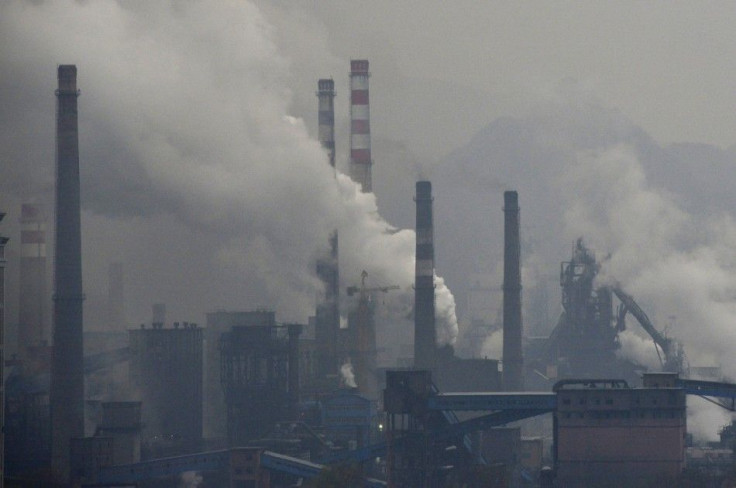Canada Launches World’s First Carbon Capture Coal-Fired Plant in Saskatchewan

Canada has launched last Thursday in southeast Saskatchewan what is dubbed as the world's first carbon capture coal-fired plant. The $1.4 billion is located near Estevan.
The facility has been constructed to receive the carbon dioxide released by the 110-megawatt coal-fired Boundary Dam power plant near Estevan. It will then discharge the gas using a steel pipeline for storage deep underground the earth, effectively burying the greenhouse gases instead of releasing it to the air.
The facility was built to help the power plant reduce annually its carbon emissions by one million tonnes or 90 per cent. A report by portal estevanmercury.com said this was equivalent to taking 250,000 cars off the road.
Equipped with CCS technology, the power unit will continue to burn coal to fill the power requirements of 100,000 Saskatchewan homes and businesses, Estevan Mercury said. energy experts however warned consumers to brace for higher electric bills since the technology is expensive to use.
The captured carbon dioxide will then be utilized for enhanced oil recovery project by Cenovus Energy Inc, Canada's second largest oil and gas producer, in a nearby oil field. The remainder will be "stored safely and permanently deep underground and continuously monitored."
According to Business News Network, Cenovus, to boost production at its aging oil field, has long been using CO2 piped up from North Dakota. For this project, Cenovus signed a 10-year contract with the utility to buy the captured gas.
The Boundary Dam project, albeit expensive, symbolizes a major milestone for "environmentally sustainable coal power," Saskatchewan Premier Brad Wall said. Some $240-million in subsidies were provided by Ottawa for the plant.
At last week's UN Climate Change Summit, U.S. President Barack Obama said nations must all work together to avoid doing further irreparable harm to the planet and its natural balance. "We have to cut carbon pollution in our own countries to prevent the worst effects of climate change. We have to adapt to the impacts that, unfortunately, we can no longer avoid. And we have to work together as a global community to tackle this global threat before it is too late."





















